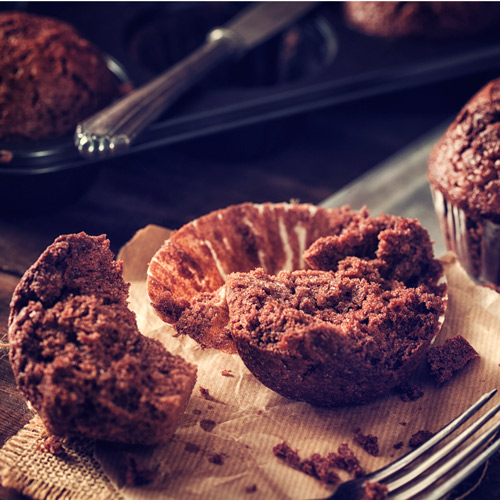Full disclosure, in my early years of health conscious living I was a slave to “superfoods.” While it lacked scientific backing, I understood that the term designated a single food item packed with a variety of strong, helpful nutrients. Whenever I read a beaming, promotional blog post or saw the shiny label in the grocery store, I was dead-set on adding copious amounts of that new “superfood” into my diet.
My method worked in the beginning, but I eventually became overwhelmed with the ginormous number of food items all claiming to be the next best thing for my health. Which of these foods actually worked? Why was my sports performance not improving? Some foods started making me feel worse. Others led to weight gain. Uh-oh. I hadn’t realized that the term “superfood” is often a marketing trap, lacking a strict, detailed definition. Nutrient dense food is important to chase after as you explore a nutrition plan, but it’s important to see through all the excessive, empty hype.
Here are three examples of overrated “superfoods” that I fell for while on my fitness journey. While they do have some benefits, I’ve learned that they aren’t the end-all-be-all’s and require mindfulness when being dealt with.
1. Gluten-Free Foods
 People who live with Celiac Disease or a gluten allergy require gluten-free alternatives in their diets. This is certain. However, over time, this line has been blurred, giving birth to a belief that everyone must opt for “super” gluten-free foods in order to live in optimal health.
People who live with Celiac Disease or a gluten allergy require gluten-free alternatives in their diets. This is certain. However, over time, this line has been blurred, giving birth to a belief that everyone must opt for “super” gluten-free foods in order to live in optimal health.
Eliminating gluten may work really well with your unique dietary needs. For me, I function best with only a small daily amount of gluten. But I know that just because a loaf of bread is labeled “gluten-free” does not mean it’s healthier than its whole grain counterpart on the adjacent shelf.
In other words, whether it’s a normal pack of chips or a “gluten-free” pack of chips, I am still consuming junk food. In fact, many gluten-free alternatives contain more calories, saturated fat and simple sugars. I suggest giving appropriate portions of whole grains a try. In the event you prefer a gluten-free option, simply read the label and be skeptical of the “super” benefits it promotes. Tread lightly!
2. Green Drinks
Green does not always mean “go.” Beware of green drinks being labeled as “superfoods.” It’s way too general of a category to be true. While some green colored drinks are packed with awesome, numerous nutrients (often the homemade ones), don’t be so trusting of the processed options hanging out in grocery stores or chain restaurants. They can be packed with excessive liquid calories, masked in harmful sweeteners and provide far less nutrients then you think.
Oh, and don’t be seduced by its promise of “detoxifying” powers either! That’s marketing at work. Your liver can perform detox just fine. To harness true green power, stick to green drinks made by you in your home blender, so you can have full control over ingredients. I also recommend incorporating more dark green leafy vegetables into your meals.
3. Coconut Oil
You can use coconut oil for just about anything. The food continues to be worshipped for its benefits in the beauty, health and homecare universes… and I’m totally one of the proud followers.
There’s no denying the positive effects. The oil contains fatty acids which are believed to battle harmful microorganisms, curb appetite and boost brain function, among other things. However, blobbing coconut oil onto everything I eat is not the answer. The oil has been crowned a “good fat” but it also possesses a large amount of saturated fats. Many health opinion leaders are wrestling over whether or not these fats are medium-chain triglycerides and therefore less damaging than the typical saturated fat, but the research just isn’t there yet to make a definitive answer. Don’t be afraid of coconut oil, but don’t believe it’s the magical ingredient you need in every meal either!




